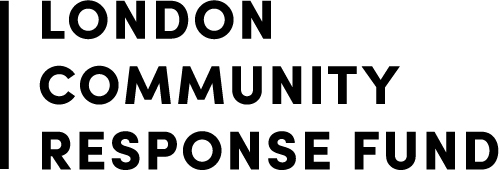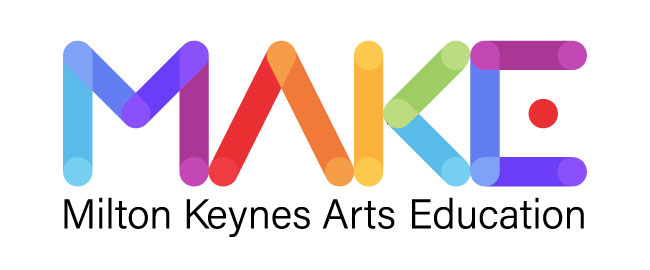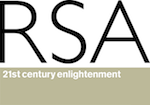The impact of arts learning on the field of visual arts by Emily Pringle
|
It’s vital that children engage with art. Why? What does engagement with the visual arts give to young people?
How about:
1. Space to think
2. Opportunities to try out ideas
3. The chance to explore personal and group identity
4. Time to wonder, to critique, to reconsider, to be comfortably confused
5. Moments to get messy, to engage with materials, to make things
6. Opportunities to develop visual literacy and fine motor skills
7. The chance to work independently and to collaborate with others
8. Immersion in the process of creative learning that involves taking agency, risk taking, experimentation, productive failure and the realisation of ideas in physical form
9. Connection to bodies of knowledge as expressed by artists and others that can inform, broaden and challenge their own thinking and support their cognitive, social and emotional development
10. The time to play
Now consider that list in relation to the current educational climate in the UK and internationally. The trend in schools is towards ever-more fixity in terms of curricula, repeated testing, and the ever diminishing opportunity for children to experience even one of the points listed above.
But the experience of creative learning with and through the arts impacts positively on children in multiple ways. Learning how to take risks in a creative environment helps young people negotiate risk and make good decisions in their lives more broadly. Taking agency for their own learning gives children greater overall confidence. And there is ample evidence to suggest that engaging in creative activities improves young people’s self esteem, their cognitive abilities, their employability and their engagement in civic society.
Furthermore, children have a basic right to engage with and contribute to their own and others’ culture. As The Universal Declaration of Human Rights says “everyone has the right freely to participate in the cultural life of the community.” But unless we provide children with appropriate opportunities and support to experience and learn about art, their ability to take part in, let alone actively contribute to culture is severely hampered.
And it is not just children who benefit from an arts education. When attended to in deep and thoughtful ways, the arts can open up a creative space for children and their teachers; an open-ended environment where multiple and at times contradictory meanings can emerge and be held simultaneously; where the purpose is not only to absorb the already known so as to replay it, but also to explore into the unknown so as to discover new knowledge and understandings.
A final point, which was made clear to me recently by an artist, is that works of art are only completed by the meanings generated by the audiences who engage with them. Young people in particular have a responsibility to contribute their meanings so as to keep art alive. What this suggests is that, vitally, arts learning impacts on art and not just on those young people who are fortunate enough to engage in it.
Emily Pringle is Head of Learning Practice and Research at the Tate Gallery. |
16 Apr 2015 |















